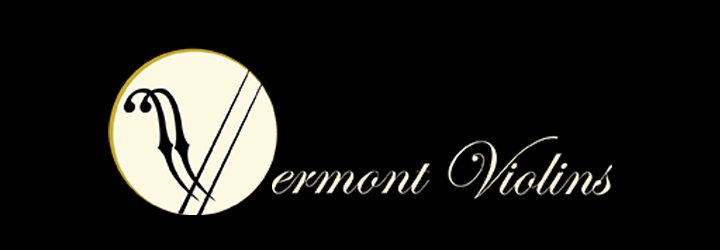Baroque Bows
A Brief History of Baroque Bows
Although the modern conception of the violin has been pretty firmly in place for over a century, there was a significant era of innovation in violin and bow making in the early 19th century. During this period, music was changing dramatically, moving out of the early Baroque era into newer forms of music which put new demands on the instruments and the bows. A need for more power and response, eliciting fuller voices became essential, and violins were evolving to meet this need. Bows were now being charged with more legato, long-note playing, and the music was written to accommodate the larger opera houses being built throughout Europe.
The original Baroque bows were lighter and shorter than modern bows. The cambering was almost convex and the hair passed into the frog through an open throat. The heads were elongated and swan-like. The earliest bows were built before the fine wood used in modern bows, Pernambuco, was introduced to Europe so they were instead often made from a strong wood called “Snakewood” which, while less permanent than Pernambuco, did offer a density that allowed the light bows to elicit a strong tone.
The bows were built to the “rule of the down bow” which drove bowing patterns during the Baroque era. Bowing down creates a more powerful attack than upbows (thanks mostly to gravity) so the strength of a Baroque bow is towards the frog. Baroque music tended towards dance-style, short note music, which the Baroque bow could match well. But as players moved towards legato (long-bow), the Baroque bows were unsuited and makers like Francois Tourte started innovating with new designs and materials. Tourte’s bows specifically moved through a transitional period of experimentation before settling on the modern style of bow making with a strong inverse camber, short strong head, and even thickness designed to provide power both in up and down bowing, and near and far from the frog.
But while the modern design has pretty much taken over bowmaking, there is a strong following of the original Baroque design. Baroque musicians, for example, find the Baroque bows create a sound and tone that is truer to the original music and the lightness is deft in its handling and extremely versatile in that form of music. Other genres have also found baroque bows to be extremely well suited. If you attend Contra Dances, for example, you’ll often see Baroque bows being played as they lead the dances in much the same way the original musicians of the 18th Century led dances in Italy and the rest of Europe.
So whether you are a devotee of Baroque music, or a traditional Celtic or Contra dance fiddler, you may well enjoy playing on a Baroque Bow…Discover their lightness and facile handling and you may be surprised by a new-found agility in your playing and a softer, more lush sound from your instrument.
Viola D’Amore Bow, Copy of NMM_3470 by Andrew Dipper, 2014


